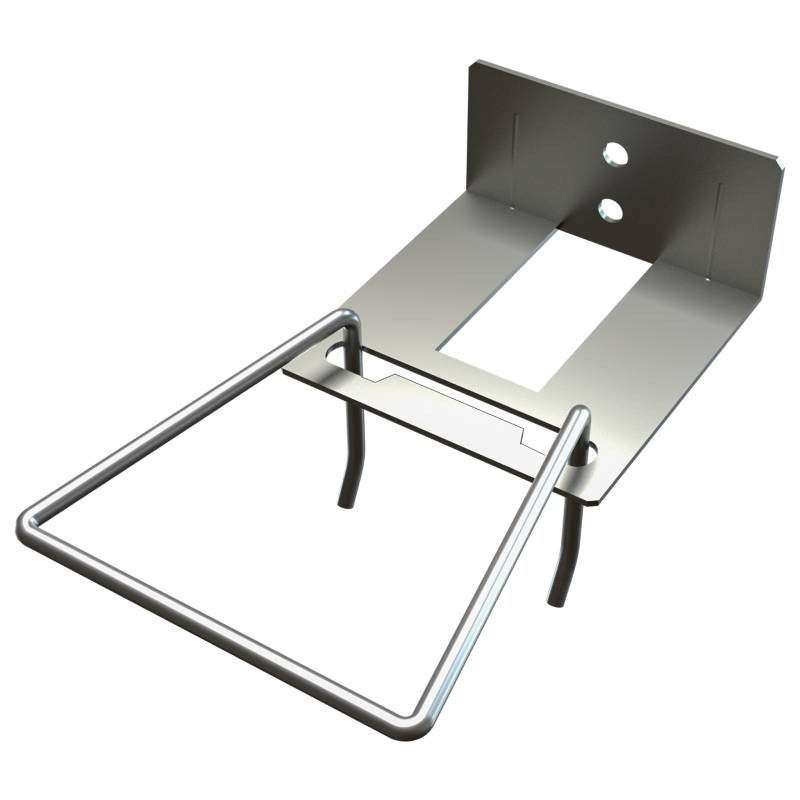
- Mobile Phone
- +8613931874955
- sales@cntcmetal.com
Exploring the Mechanics of Spring Helical Extension in Engineering Applications
Understanding Spring Helical Extension
Springs are fascinating mechanical devices that are integral to numerous applications in engineering, automotive, aerospace, and everyday life. Among the various types of springs, helical springs are particularly noteworthy due to their unique design and exceptional versatility. This article delves into the concept of helical extension springs, exploring their characteristics, applications, and the underlying mechanics that govern their behavior.
What are Helical Extension Springs?
A helical extension spring is a coil spring that is designed to resist pulling forces. It consists of a helical (spiral) coil of wire that stretches when a load is applied. Unlike compression springs, which are designed to compress under load, extension springs are pre-loaded to provide resistance and return to their original length when the load is removed. Typically made from high-grade steel, helical extension springs are available in various wire diameters, coil diameters, and lengths to accommodate different applications.
The design of helical extension springs allows for significant energy storage. As the spring is extended, it stores potential energy, which can later be released. This energy storage capability makes helical extension springs essential components in many mechanisms and devices.
Mechanics of Helical Extension Springs
The behavior of helical springs is governed by Hooke's Law, which states that the force exerted by a spring is directly proportional to its elongation, provided that it remains within the elastic limit of the material. Mathematically, this can be expressed as
\[ F = k \cdot x \]
Where - \( F \) is the force exerted by the spring, - \( k \) is the spring constant (a measure of stiffness), - \( x \) is the displacement from the spring's original position.
The spring constant is determined by several factors, including the wire diameter, coil diameter, and the number of active coils. A spring with a larger wire diameter or fewer active coils will generally exhibit a higher spring constant and thus provide greater resistance to extension.
Applications of Helical Extension Springs
Helical extension springs are widely utilized across different industries
. Here are some notable applicationsspring helical extension

1. Automotive Applications In vehicles, helical extension springs are often used in suspension systems, where they help absorb shocks and maintain ride quality. They are also found in various mechanisms, such as door latches and hoods.
2. Industrial Machines These springs are commonly employed in machinery for controlling movements and providing tension in components. For instance, they keep belts taut in conveyor systems and maintain tension in various other machine parts.
3. Electronics In electronic devices, helical extension springs are used in switches, where they provide the necessary force for the operation of the switch mechanism.
4. Furniture Many types of furniture, especially recliners and other adjustable seating, utilize helical extension springs to allow for adjustments in position and comfort.
5. Toys and Consumer Products Helical extension springs can also be found in various consumer products, including toys, where they provide action and playability.
Design Considerations
When designing a helical extension spring, several factors must be taken into account
- Material Selection The choice of material affects the spring's strength, fatigue life, and corrosion resistance. Common materials include stainless steel, music wire, and oil-tempered steel.
- Spring Dimensions The wire diameter, coil diameter, and number of coils must be carefully calculated to achieve the desired performance characteristics.
- Preload and Initial Tension Springs can be designed with an initial tension, which determines how much force is required to begin extending the spring. This design feature can be crucial in applications where precision and responsiveness are required.
Conclusion
In conclusion, helical extension springs are essential mechanical components that play a critical role in countless applications. Understanding their mechanics, applications, and design considerations is vital for engineers and designers who work with these springs. Whether in automotive engineering, industrial machinery, or consumer products, helical extension springs continue to be a testament to the elegance and utility of mechanical design. By leveraging their unique properties, industries can innovate and improve product performance, contributing to advancements across various fields.
share:
-
Why Sacrificial Formwork Is Redefining Underground ConstructionNewsJun.06,2025
-
The Structural Dynamics of Modern Concrete: How Snake Spacers Revolutionize Flexible ReinforcementNewsJun.06,2025
-
Snake Spacers Smart-Lock Concrete Reinforcement with Surgical PrecisionNewsJun.06,2025
-
Snake Spacers: Reinforcement Precision for Modern Concrete ProjectsNewsJun.06,2025
-
Snake Spacers Powering Concrete's Structural DNANewsJun.06,2025
-
Slither into Success: Snake Spacers' Precision Bite for Unbreakable ReinforcementNewsJun.06,2025
-
Sacrificial Formwork: Building Stronger, Faster, and Safer StructuresNewsJun.06,2025



















